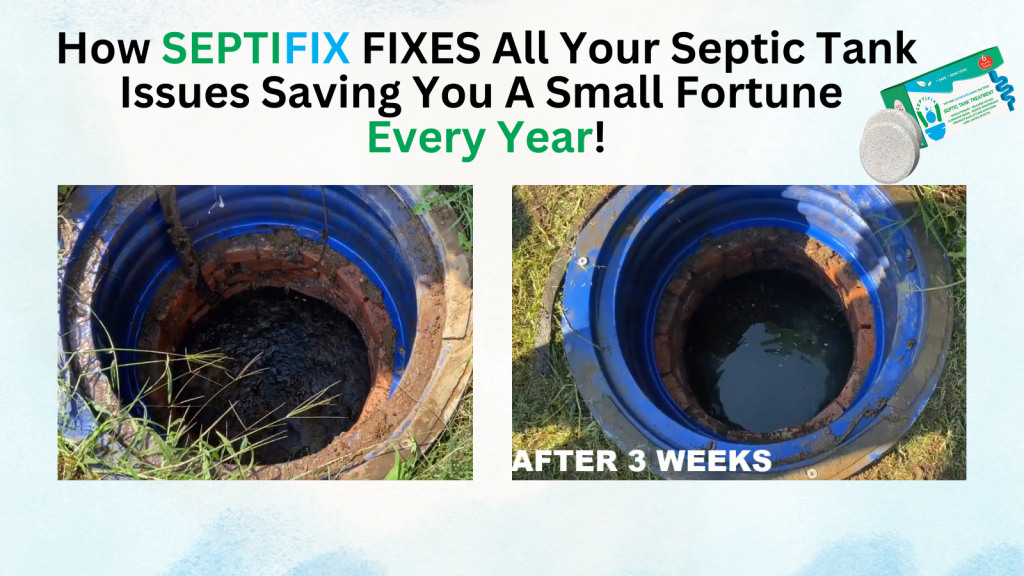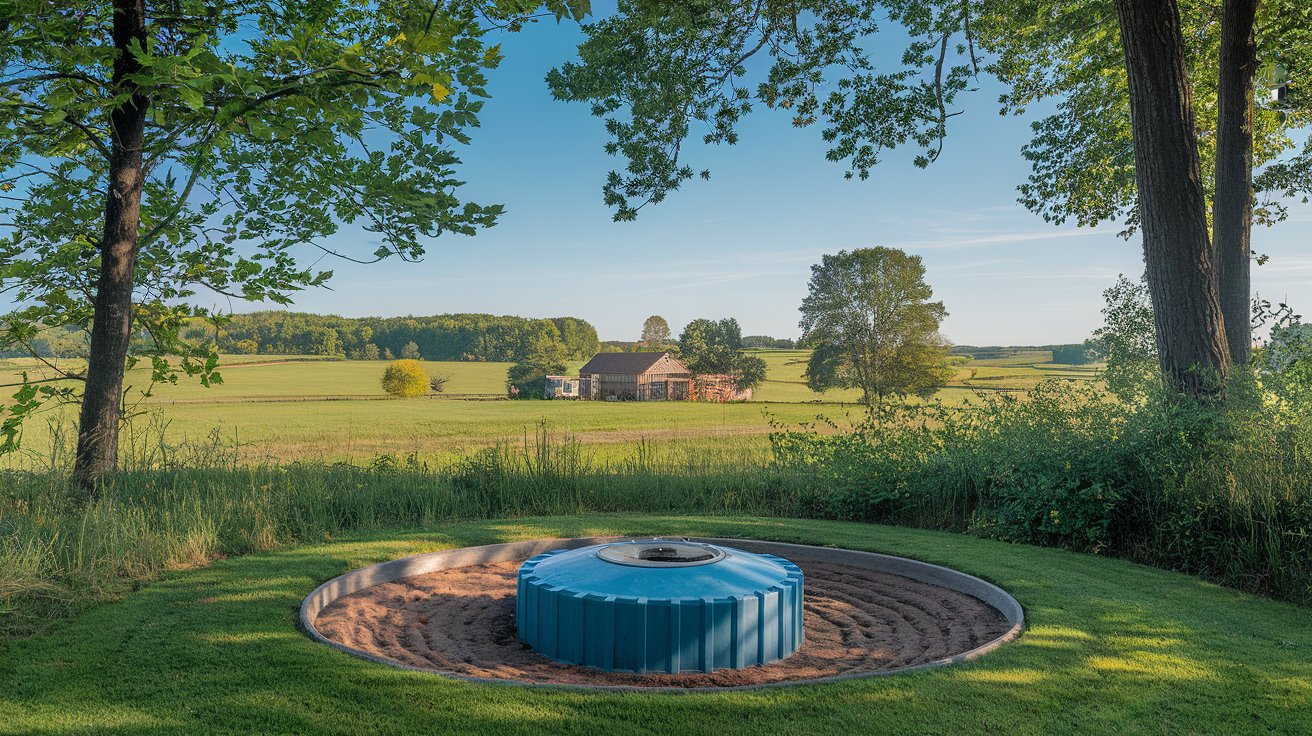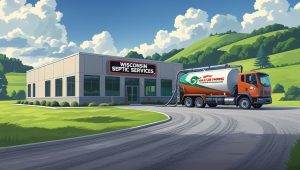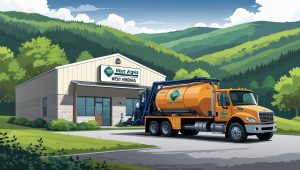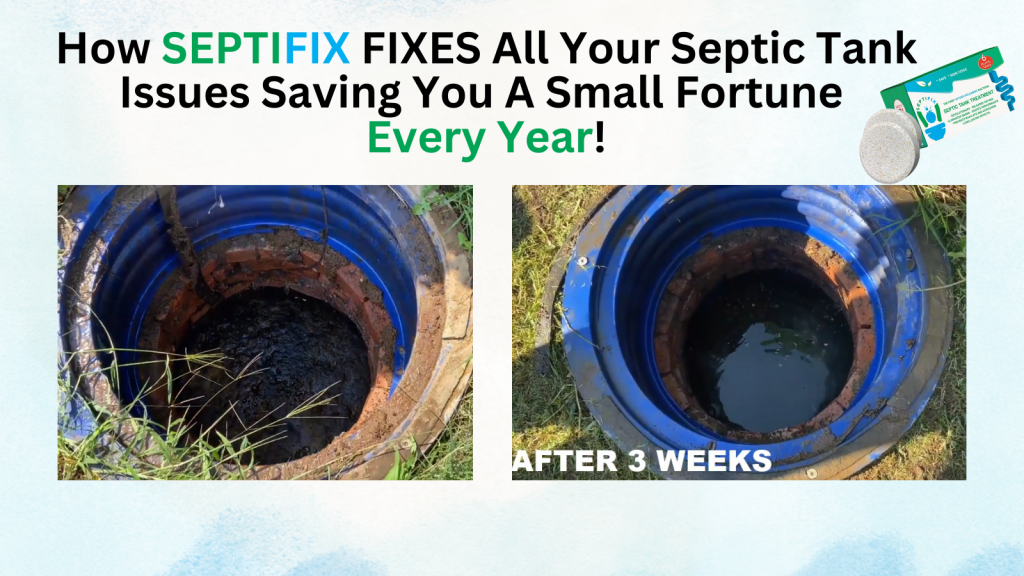If you live outside city limits, chances are you rely on a septic tank system to handle your household wastewater. Septic tanks in rural areas are essential for properties not connected to municipal sewer lines. But rural terrain, soil type, and system design all present unique challenges—and opportunities—for managing your system efficiently. This guide breaks down the essentials every rural homeowner should know.
Table of Content
- Why Septic Tanks Are Vital in Rural Settings
- Key Considerations for Rural Septic Tank Installation
- Maintaining Septic Systems in Rural Areas
- Common Problems and How to Spot Them
- Contact Info and Resources
- Conclusion: Take Charge of Your Rural Septic System
- Septifix Boosts Septic Performance
- Septic Permit Links by State
Why Septic Tanks Are Vital in Rural Settings
The Role of Septic Systems Off the Grid
In the absence of centralized sewer infrastructure, septic systems offer a self-contained wastewater treatment solution. These systems are especially common in rural communities, agricultural properties, off-grid homesteads, and recreational lands.
Septic tanks in these areas collect everything from sinks, toilets, and laundry drains. The system then separates solids from liquids, letting the water slowly leach into the surrounding soil. In short: your backyard becomes your own personal treatment plant.
Common Rural Septic Setups
In many rural areas, conventional gravity systems and mound systems are most common. These choices depend heavily on the following:
- Soil type and absorption rate
- Water table depth
- Proximity to wells, lakes, or creeks
- Size of the household
Understanding the environment is key to choosing the right system—especially in places with clay-heavy soil or rocky terrain.
Key Considerations for Rural Septic Tank Installation
1. Site and Soil Evaluation
Before installation, a percolation test (perc test) is typically required to assess how well your soil drains. This test helps determine the size and type of septic system that will work best for your land.
Clay soil, for example, holds water too tightly, while sandy soil drains too fast. Both present risks if the wrong system is installed.
2. Choosing the Right System
There are several options depending on the rural conditions:
- Conventional Systems – Best for well-drained soil
- Mound Systems – Ideal for high water tables or shallow bedrock
- Aerobic Treatment Units (ATUs) – More complex, often used where space is limited
When in doubt, always consult a licensed septic installer who understands local regulations and environmental factors.
3. Regulations and Permits
Even in rural zones, health departments require permits and inspections. Regulations may include setback distances from wells, streams, or property lines to prevent contamination.
Maintaining Septic Systems in Rural Areas
Routine Maintenance Is a Must
Rural septic tanks may seem “set it and forget it,” but regular maintenance ensures long-term performance. At a minimum, homeowners should:
- Pump the tank every 3–5 years
- Inspect the system annually
- Avoid flushing harmful materials like grease, wipes, or chemicals
- Use water efficiently to prevent overloading the drainfield
These habits reduce the risk of septic backups, odors, and system failure.
Seasonal Challenges in Rural Areas
Rural systems often face harsher weather conditions:
- Winter freezing: Insulate pipes or add mulch over shallow tanks
- Spring flooding: Keep heavy water runoff away from the drainfield
- Drought conditions: Dry soil can shrink and crack around leach lines
Understanding how your system interacts with seasonal changes helps you avoid costly repairs.
Common Problems and How to Spot Them
Warning Signs of Septic Trouble
If you notice any of the following, it’s time to act:
- Slow drains or gurgling sounds
- Sewage odors inside or outside the house
- Pooling water near the drainfield
- Unusually green or lush grass above the system
Catching these issues early can save thousands in repairs.
When to Call a Professional
While rural homeowners are often DIY-savvy, some situations require expert help. Call a licensed septic pro if:
- Your tank hasn’t been pumped in over five years
- You see sewage backing up into your home
- The system fails a health department inspection
Professional inspections can also identify hidden leaks, tree root intrusion, or drainfield failure before they become emergencies.
Contact Info and Resources
Looking for help with your rural septic tank? Here are a few trusted resources:
- EPA SepticSmart Program – Tips, care guides, and national guidelines
- National Onsite Wastewater Recycling Association (NOWRA) – Find certified professionals in your region
- [State or county health department websites] – For local codes, permits, and perc test info
- DIY Septic Maintenance Toolkit – Support for rural homeowners managing private systems
For visual learners, check out diagrams on gravity-fed vs. mound systems to understand how each setup works.
Regional Challenges for Septic Systems: How Geography Affects Functionality
Conclusion: Take Charge of Your Rural Septic System
Septic tanks in rural areas are crucial for daily life—and when properly maintained, they work efficiently for decades. From soil testing to seasonal care, the more you understand your system, the fewer surprises you’ll face down the road.
Whether you’re building on raw land or managing a legacy system, don’t overlook the importance of inspections, maintenance, and responsible water use. Take action now to keep your rural septic system healthy and hassle-free.
Directory | Wyoming Septic Service Providers : Best Professionals
Directory | Wisconsin Septic Service Providers | Part 3
Directory | Wisconsin Septic Service Providers | Part 2
Directory | Wisconsin Septic Service Providers | Part 1
Directory | West Virginia Septic Service Providers : Best Professionals
Winter Pumping: Should You or Shouldn’t You?
Septic Installer Registration in Bay County, Michigan
Sustainable Materials for Septic Systems: Eco-Friendly Solutions
Septifix Boosts Septic Performance
